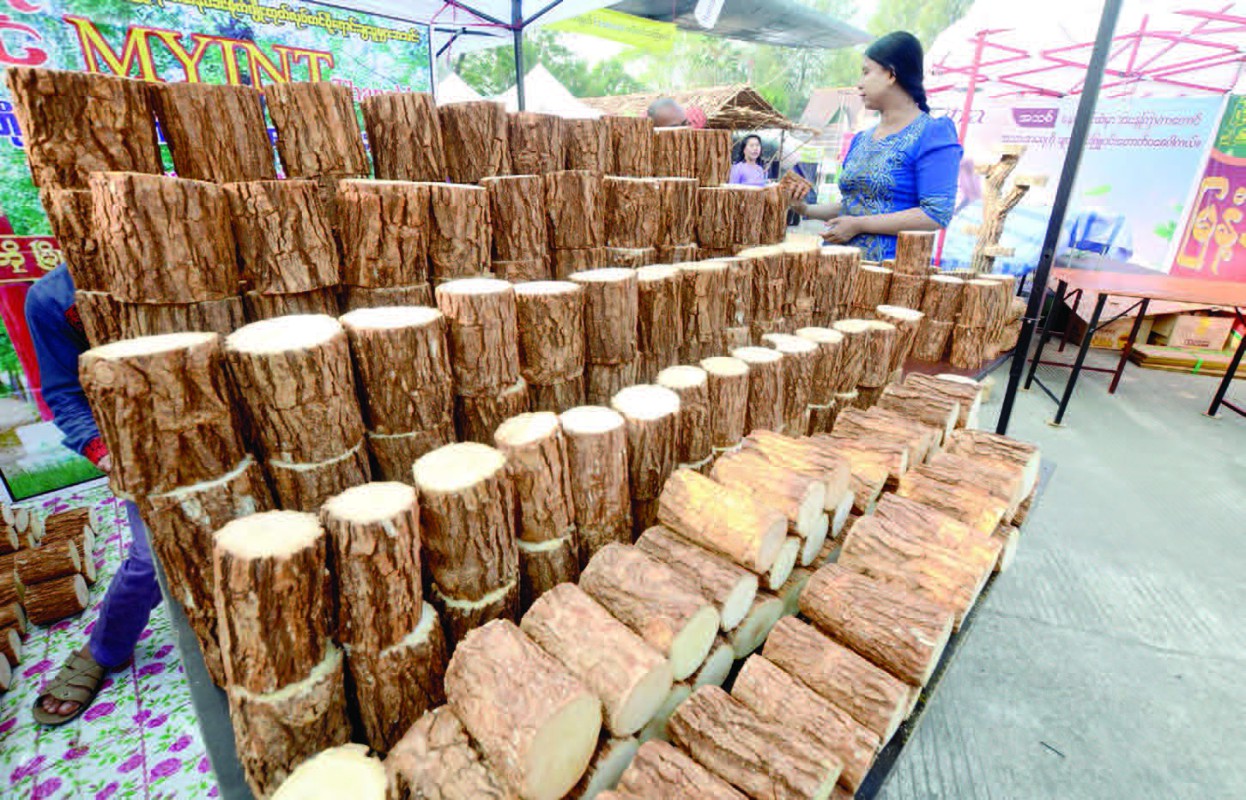Thanaka cultivation expands across Myanmar

481

Htet Nadi (NP News) - Jun 11
According to a report from a state-owned newspaper, over 350,000 acres of Thanaka trees are currently under cultivation throughout the country.
Long revered as a symbol of Myanmar’s cultural identity and national pride, Thanaka is prized for its exceptional quality and diverse applications.
The primary cultivation areas include Ayadaw, Myaing, Yesagyo, Pakokku, Shwebo, Pauk, Butalin, Yinmabin, and Monywa townships, all located within the central dry zone.
Thanaka has been discovered and used in Myanmar for more than 2,000 years, with its bark traditionally applied to the face and skin for its cooling, moisturizing, and complexion-enhancing properties. In addition to its fragrant scent and mind-refreshing effects, Thanaka is also celebrated for its soothing and purifying qualities.
Because of its enduring popularity and versatility, Thanaka cultivation has significantly increased in recent years. While small quantities of Thanaka trees are also found in countries like Sri Lanka, western India, Thailand, and Pakistan, Myanmar remains the center of global Thanaka production, particularly in its dry, arid regions. The tree’s ability to thrive in drought-prone and high-temperature climates makes it a natural asset and a botanical treasure of Myanmar’s Dry Zone.
In a move to elevate Thanaka’s cultural status on the global stage, Myanmar’s traditional Thanaka culture is now a step closer to recognition by UNESCO as an Intangible Cultural Heritage. The necessary documentation for the application has already been completed.
To support this nomination, the full moon day of Tabodwe has been designated as Myanmar Thanaka Day. Celebratory events are being organized at national museums, cultural museums, and national libraries across the country. Public opinion surveys are also underway, and the results will be submitted to UNESCO as part of the recognition process.
Used for centuries as a traditional cosmetic, Thanaka continues to thrive as a living tradition—valued and preserved as a national cultural symbol. Myanmar’s Thanaka heritage is said to fulfill all five criteria set by UNESCO for listing as a World Intangible Cultural Heritage. The application process formally began in January 2020.